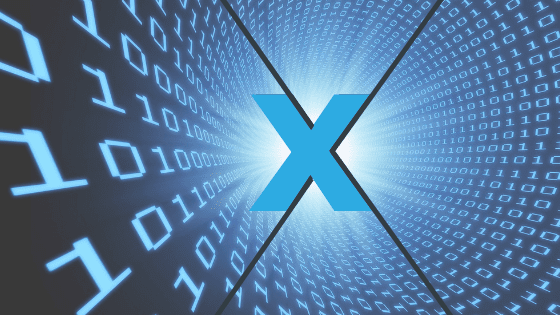
Data: How it's collected and what to do with it are just a few questions that have surfaced with growing interest since the dawn of the digital age. Progressive marketers have subsequently advanced to the who, when, and where of it all. With over a decade's experience in gathering, testing, and analyzing massive amounts of data from both inside and outside the automotive industry alongside partners like JDPower and every major OEM, we've learned a few things. And as consumer shopping behavior continues to evolve, so does what we learn. Collecting and leveraging zero-party data to improve the dealership's consumer experience and marketing success is one.
Let's step up to provide a bit of background. Last year, we talked about "Why You Should Leverage Your First-Party Data...First" where we broke out the difference between first-, second-, and third-party data. It's worth repeating the article when we say that 'the most important data is your own' as the 'goldmine already at your fingertips'.
- First-party data is the information that your dealership collects directly from your customers.
- Second-party data is basically someone else’s first-party data.
- Third-party data is owned by a company who often has no direct, ongoing relationship to the customer, collected from multiple sources, and then aggregated together for the purpose of selling for profit, often to multiple buyers.
Where does zero-party data fit in? Let's explore that now.
WHAT IS ZERO-PARTY DATA?
- Zero-party data is collected voluntarily and directly from customers.
It can including purchase intent, personal context, communication preferences, and more. It enhances the first-party data that already provides insight with behavior analytics by opening a better perspective of engaged opportunities through purposeful interactions. In this way, zero-party data truly powers up a dealership's personalized marketing strategy which, in turn, improves the customer experience and translates into more revenue and overall success.
Forrester Research originally coined the term zero-party data, also described as explicit data, as data "which a customer intentionally and proactively shares with a brand". Marketers today are beginning to focus on zero-party as a major contributor in driving the level of personalization consumers now demand with an added method to understanding their changing behavior.
WHY IS ZERO-PARTY DATA A BIG DEAL?
Practically speaking and like first-party data, zero-party data is most relevant, exclusive, includes less liability is the least restrictive type of data, especially given recent concerns with data privacy and third-party data tracking. Zero-party data inherently enables and encourages consumers to willingly provide information and validate their intentions directly with a company. It's an important part of the overall data mix.
You own it. It allows more control and transparency over the data and are less risk when using it.
The real magic is collecting and using zero-party data to personalize experiences instantly builds trust and increases sales.
HOW TO USE ZERO-PARTY DATA
You listen. Then you reciprocate the customer engagement by providing immediate value.
For example, if you ask a car shopper if they prefer a certified pre-owned Honda Pilot to cart their 3 kids around their snowy, mountainous suburbs with room camping gear in the back or a new 2022 Accord TLX sport sedan and they surprise you by choosing the latter, you might want to share information on the 0% APR incentive on a new 2021 TXL, link to new TXL models available, list pre-owned TLX models currently in stock, or add an article highlighting the road performance, unique technology, and safety features on a new TLX in your next marketing pieces to that customer. Even if it means you forgo pushing your own agenda or unrelated specials, you'll want to continue to guide your customer down the funnel on a communication stream based first on their stated preference and layering in data intelligence until they tell or show you that they've changed their mind. Then you pivot your message accordingly.
Ideally your Consumer Data and Experience Platform (CDXP) is handling this with comprehensive automation tech and a proven communications strategy. Because zero-party data isn't a zero-sum game. Dealerships and customers both benefit. Forrester notes that "zero-party data can reduce marketing waste and improve the lives of its customers. A win-win situation for everyone involved."
Interested to learn more? We'd love to schedule a strategy call.
